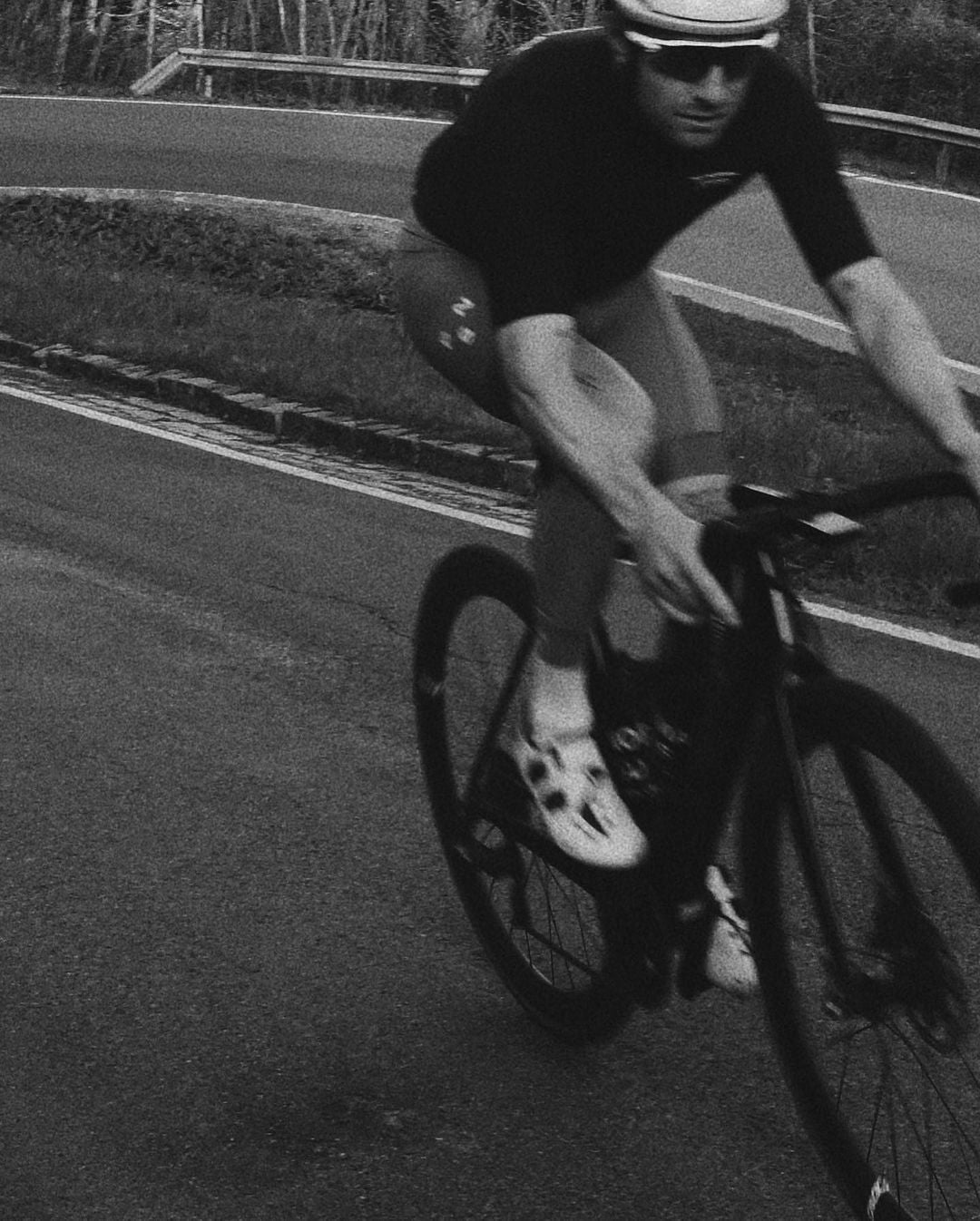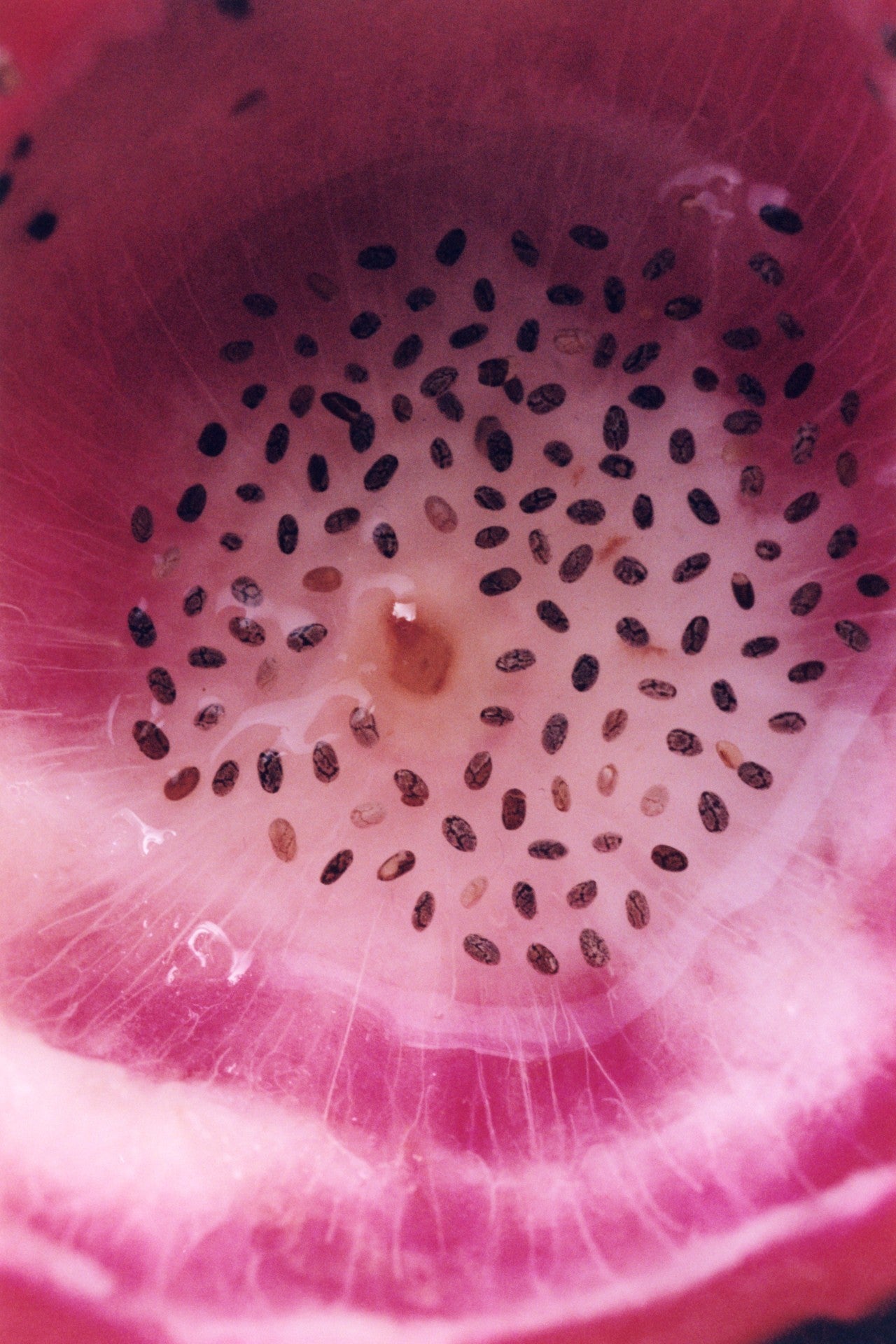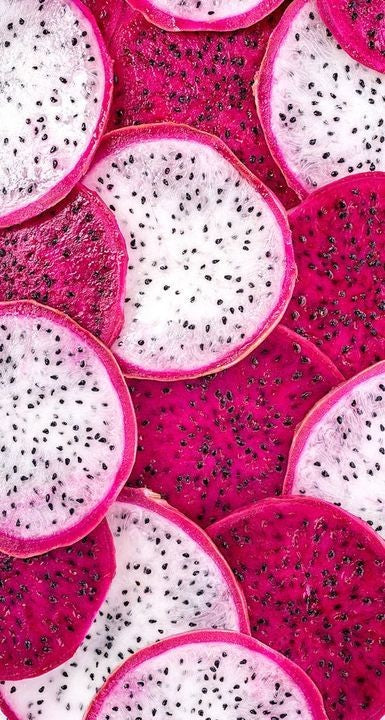Everything for performance

Maltodextrin
Maltodextrin provides a steady carb source, easy to digest and absorb. It extends energy availability and supports consistent athletic performance.

Fructose
Fructose complements dextrose by using an alternate absorption pathway, allowing greater carb intake without gut overload and fueling long sessions.

Sucrose
Sucrose combines glucose and fructose in one molecule. It delivers rapid energy while using dual pathways for efficient absorption and endurance fueling.

Dextrose
Dextrose is a fast carbohydrate. It enters the bloodstream rapidly to deliver instant energy, supporting endurance when glycogen stores run low.

Sodium Chloride
Sodium chloride restores electrolytes lost through sweat, supports hydration, and maintains nerve and muscle signaling during exercise.

Magnesium Citrate
Magnesium citrate aids muscle contraction, energy metabolism, and recovery. This citrate form is highly bioavailable, ensuring efficient uptake.

Potassium
Potassium balances fluid with sodium, aids nerve function, and prevents cramps. It works to stabilize muscle contraction and hydration efficiency.
D.01 is an Isotonic Drink Mix formulated to support endurance performance by delivering rapidly absorbable carbohydrates and essential electrolytes. With a scientifically backed ratio of glucose, sodium, potassium and magnesium, it helps maintain energy availability and fluid balance during prolonged, high-intensity exercise.
Why do endurance athletes need both carbohydrates and electrolytes?
Endurance performance depends on two things: fuel and fluid balance. Carbohydrates provide energy to the muscles, while electrolytes regulate hydration, nerve signaling, and muscle contraction. If one is missing, the system breaks down. That’s why the best results come when both are delivered together.
Why does D.O1 combine different types of carbohydrates?
The body can only absorb around 60 g of glucose per hour through one transporter (SGLT1). Fructose uses a separate pathway (GLUT5). By combining them, you unlock higher absorption and more energy availability—up to 90 g per hour or more. This means steadier fueling and less risk of stomach overload compared to single-source carbs.
Why is the 2:1 glucose-to-fructose ratio so effective?
A 2:1 balance has been proven in both science and racing to maximize carbohydrate uptake while minimizing gut distress. It allows athletes to fuel hard without discomfort and has become the trusted standard because it simply works across a wide range of conditions and athletes.
What about the 1:0.8 ratio I sometimes see?
A 1:0.8 ratio can push carb absorption slightly higher, to 100–120 g per hour, but it also increases the risk of GI issues due to higher fructose load. Unless you are an elite athlete targeting extreme carbohydrate intake and have trained your gut for it, the benefits don’t outweigh the risks. For most, 2:1 is the smarter choice.
Why sodium chloride, potassium, and magnesium citrate?
These are the key electrolytes that matter most in endurance sports. Sodium chloride replaces the main mineral lost in sweat and is essential for fluid absorption. Potassium works with sodium to regulate hydration and muscle contraction. Magnesium citrate helps sustain muscle efficiency and reduce fatigue, with a form that is highly bioavailable and easy to absorb.
Why combine carbohydrates with electrolytes in one mix?
Because fueling should be simple and effective. Many athletes focus only on carbs and forget electrolytes, but without sodium and potassium, hydration and energy delivery break down. In fact, water uptake in the gut depends on glucose and sodium working together. An isotonic or hypertonic drink without electrolytes cannot hydrate properly. At GONNA, we simplify sports nutrition so you can be assured you’re fueled and hydrated in one step. Free to focus on your performance, your friends, and the joy of the sport.































